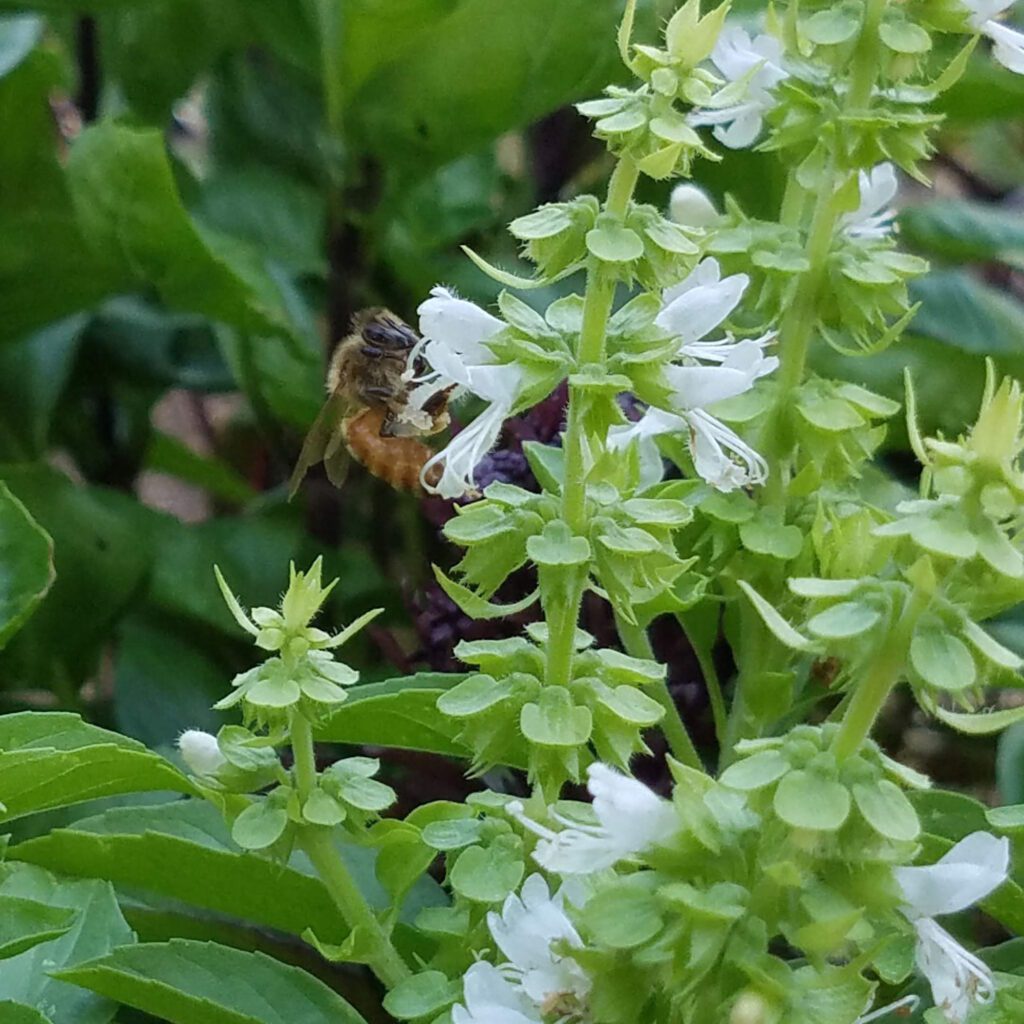The summer garden needs the summer sun to flourish. However, too much of a good thing, like extended periods of extreme heat, can cause severe damage to flowers and vegetables in our gardens.
When the heat is on, we turn to water to keep the garden thriving. It cools our plants, the soil, and the many inhabitants who live in or visit our gardens. However, with many municipalities placing water-use restrictions on homeowners, keeping the garden hydrated during the hot summer can be challenging.
To be a good steward of water, here are a few tips to help quench the thirst of your garden and all the critters that inhabit it during hot conditions.

Water Wisely
While the garden needs water to thrive, it doesn’t need as much water as you may think. Most gardens will be productive with deep watering twice a week. However, with extended periods of extreme heat, you may need to water more frequently.
The best watering method is slowly and deeply at the plant’s base. This allows water to penetrate the soil and encourages strong root development. Brief or shallow watering results in shallow root growth, making plants weak and more susceptible to heat stress.

Avoid watering overhead or using sprinklers to water your garden. With this method of watering, very little water reaches the plant’s roots, and much is lost to evaporation. To use water wisely, always direct water to the base of the plant and its roots where it is most useful.
Overhead watering also creates the perfect environment for fungal disease. Many disease pathogens like powdery mildew and early blight thrive on wet foliage.
The optimal time to water your garden is in the morning before temperatures peak. Doing so allows plants to absorb more water and reduces evaporation. It can also help reduce fungal disease, as watering early in the day allows foliage to dry.
Consider yourself fortunate if you have a drip irrigation system in your garden. They are a boon for saving time and water, but they can be costly to install. If you don’t have a drip system, that’s perfectly okay. There is nothing wrong with old-fashioned hand-watering. I find this activity peaceful, providing me time to observe and evaluate my garden’s growth.
Protecting Patio Pots
When hot weather prevails, container-grown plants need extra attention. The soil in containers tends to dry out more quickly than garden soil thus, plants need to be watered more often.

Container size and type can impact watering too. Small plant containers need more frequent watering than larger ones and terracotta or clay containers tend to dry out more quickly than plastic or resin pots. To ensure proper moisture in containers, use a moisture meter to check for dry soil or insert your finger into the soil to the first knuckle. If the soil feels dry it’s time to water.
Keeping Cool
Searing heat can quickly bake your garden’s soil and wither plants. To retain soil moisture and regulate soil temperature, consider adding a layer of mulch to your garden beds. Mulching plants with organic compost, grass clippings, dried leaves, or straw also helps suppress weeds; that’s a bonus any gardener will enjoy! Just make certain that the mulch material is free from herbicide residue.


Garden shade cloths are another way to keep the garden cool and conserve water. Made of lightweight, sun-blocking material, shade cloths can lower the temperature by as much as 10 degrees, keeping the soil cool and moist. For plants in containers, use a patio umbrella.
Keeping Critters Hydrated
Your plants aren’t the only ones thirsty on a hot summer’s day. All the beneficial insects, birds, and other critters inhabiting your garden need a drink too. Birdbaths, bee watering stations, or just a shallow dish of water in the garden will keep everyone hydrated and doing their good work.
Birds are great at picking insects from the garden, so invite them in with a birdbath. Their frequent stops for drinks and a dip are a delight to watch. Be sure to refresh the water daily and keep the tub clean.



Bees, butterflies, and beneficial insects are also important visitors to your garden; pollinating plants and keeping unwanted insect pests at bay. To keep them hydrated create a simple bee watering station with a clay plant saucer and a few landing stones.
One critter that frustrates many gardeners in the summer is the squirrel, especially when it takes a bite from that prize tomato. The truth is, he’s not hungry, he’s thirsty. To avoid this disaster, provide a water dish (preferably away from your tomatoes) to keep the squirrels off your garden produce.
Now that the garden is watered, the birdbath is clean, and the bee water station is refreshed, I think I’ll pour myself a tall, cool drink, rest in the shade, and enjoy the garden!



Leave a Reply